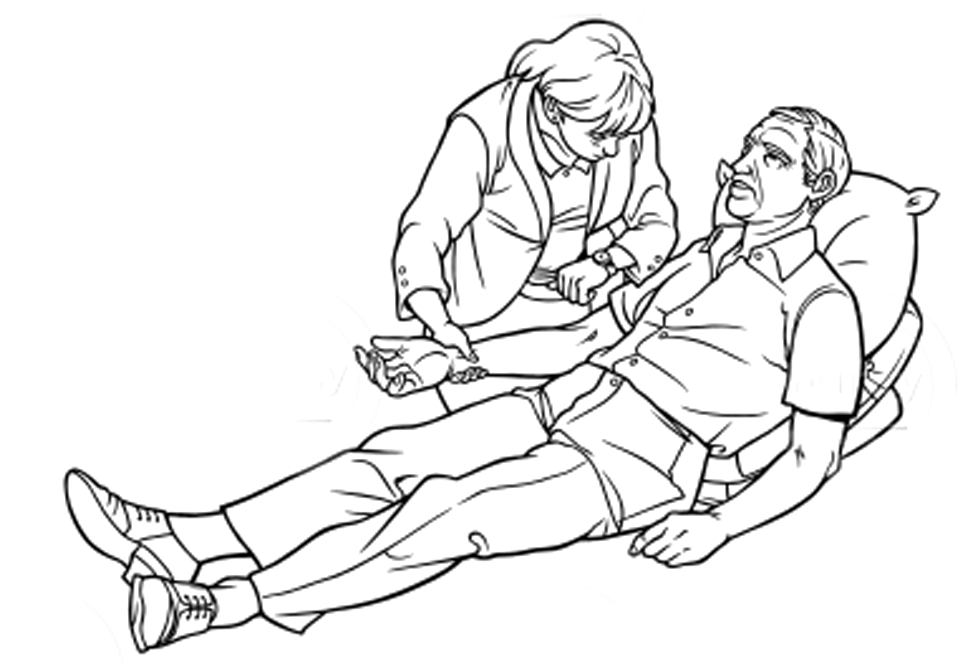What Should I do?
Crosswalks should be designed to provide safety for pedestrians. However, slip, trip, and fall hazards often exist and pose a danger within these designated pedestrian walkways. Louisiana ranks high among states with the most crosswalk injuries. This article discusses crosswalk safety, including design and maintenance. We further explain what actions to take if you are injured due to a hazard existing in a crosswalk. Attorneys who understand crosswalk injuries will typically work with crosswalk experts to investigate all potential causes. This includes whether the crosswalk or road design, construction, or maintenance caused motor vehicle collisions, pedestrian strikes, or other injuries.

Crosswalk Expert Witness Investigations
Experts in crosswalk design and maintenance can provide information about whether the crosswalk is a safety hazard. Crosswalks exist to designate areas of the road for pedestrians to cross safely. Laws and design standards can vary from state to state. Usually, white lines or yellow for some school crossings designate the crosswalk boundaries. Often, however, not all crosswalks are properly marked.
Crosswalk designers should consult the Manual on Uniform Traffic Control Devices (MUTCD), the governing document for all traffic control devices. This manual sets standards for national minimum crosswalk markings and signage.
Crosswalk Design Considerations
Providing a safe pedestrian crossing requires proper planning and design. Designers must consider the requirements of the Americans with Disabilities Act (ADA) and best practices identified in the Public Right of Way Accessibility Guidelines (PROWAG). Additionally, planning a pedestrian crossing requires consideration of traffic signal features, sidewalk and crossing geometrics, and pavement texturing within and approaching a crosswalk area. Issues that often factor into crosswalk slip, trip, and fall cases include:
- Change in Grade Between Slopes and Counter Slopes
- Cross Slopes
- Flush Transitions
- Width
- Slip-Resistant Striping
- Lighting
Construction Considerations
New construction is required to consider the same safe access that existed before construction. If the existing pavement, sidewalk, or ramp for the crosswalk is altered by new construction, all facilities must be brought up to current standards, mitigating potential trip and fall hazards. Considerations include the width of the crosswalk, which needs to be a minimum of 6′, and the type of striping to include anti-slip materials. Street lighting requirements and median islands are other should be considered.
Maintenance Related Crosswalk Hazards
Adequate maintenance remains critical to crosswalk safety. Exposure to forces that contribute to degradation of crosswalks and associated warning devices, include extreme weather, vehicle crashes, roadway maintenance/utility work, and vandalism. Additionally, potholes, inadequate friction on pavement striping, manholes & utility covers, improper/insufficient lighting, trench lines and/or utility work, and poorly placed curb inlets can create hazards in crosswalks.
Crosswalk Injury Investigations
Attorneys who understand crosswalk injuries will investigate all potential causes before filing a lawsuit. They frequently work with crosswalk engineering experts to determine whether the design, construction, or maintenance operations of the crosswalk or other roadway systems contributed to the cause of motor vehicle accidents, pedestrian strikes, or other injuries like trip and falls. Maximizing the money recovered to injured clients requires an excellent investigation by a certified expert and a lawyer with sufficient experience to guide the investigation.




